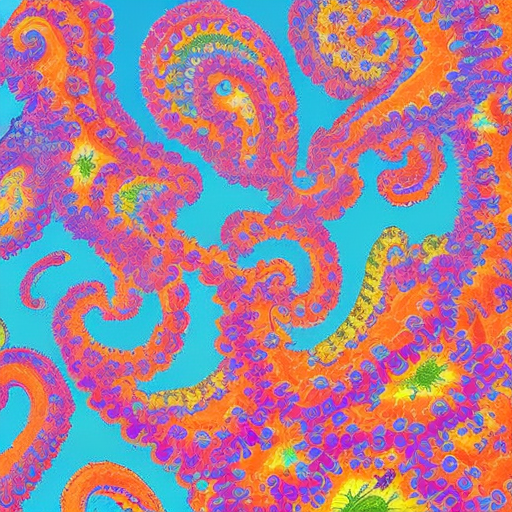Summary: Psychedelic rock is a genre of music that emerged in the 1960s and is characterized by its use of mind-altering drugs, experimental sounds, and surreal lyrics. It was heavily influenced by the counterculture movement and became a symbol of rebellion and freedom. Psychedelic rock bands, such as The Beatles, Pink Floyd, and Jefferson Airplane, pushed the boundaries of traditional rock music and created a new sound that continues to influence artists today.
Origins and Influences
Psychedelic rock originated in the mid-1960s as an extension of the folk and blues traditions. It was heavily influenced by the use of mind-altering drugs, such as LSD, which were popular among the counterculture movement of the time. These drugs were believed to expand consciousness and open the mind to new experiences, and the music of the era sought to replicate these effects. The genre also drew inspiration from Eastern philosophy, mysticism, and the writings of authors like Aldous Huxley and Timothy Leary.
Characteristics
Psychedelic rock is characterized by its experimental and unconventional approach to music. It often features long instrumental passages, complex chord progressions, and unconventional song structures. The use of distortion, feedback, and other effects was also common, creating a dreamlike and otherworldly sound. Lyrically, psychedelic rock explored themes of spirituality, love, and social and political issues. The lyrics often contained surreal and abstract imagery, reflecting the influence of hallucinogenic drugs.
Key Artists and Albums
Several key artists and albums helped define the psychedelic rock genre. The Beatles’ album “Sgt. Pepper’s Lonely Hearts Club Band” (1967) is often considered a landmark in the genre, with its innovative production techniques, experimental sounds, and psychedelic themes. Pink Floyd’s “The Dark Side of the Moon” (1973) is another influential album, known for its atmospheric soundscapes and introspective lyrics. Jefferson Airplane’s “Surrealistic Pillow” (1967) and The Jimi Hendrix Experience’s “Are You Experienced” (1967) are also notable examples of psychedelic rock albums.
Legacy and Influence
Psychedelic rock had a significant impact on the development of rock music and continues to influence artists today. Its experimental approach to music paved the way for genres like progressive rock and art rock. The genre’s emphasis on creativity and pushing boundaries also influenced later movements, such as punk and indie rock. Many contemporary artists, such as Tame Impala and Temples, draw inspiration from the psychedelic rock sound and incorporate elements of it into their music.
Conclusion
Psychedelic rock emerged in the 1960s as a genre that pushed the boundaries of traditional rock music. It was characterized by its experimental sounds, surreal lyrics, and mind-altering themes. Influenced by the counterculture movement and mind-altering drugs, psychedelic rock became a symbol of rebellion and freedom. Key artists and albums, such as The Beatles’ “Sgt. Pepper’s Lonely Hearts Club Band” and Pink Floyd’s “The Dark Side of the Moon,” helped define the genre and continue to be celebrated today. Psychedelic rock’s legacy can be seen in the development of other genres and its ongoing influence on contemporary artists.












